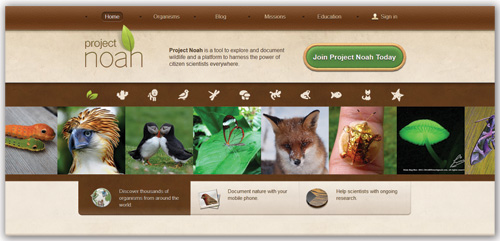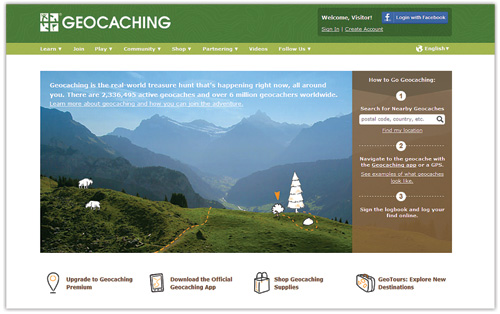 With spring in the air, students typically clamor to get outside—and teachers would often like to follow. April is an ideal time of year to explore outdoor learning opportunities, and these apps and sites can lead the way.
With spring in the air, students typically clamor to get outside—and teachers would often like to follow. April is an ideal time of year to explore outdoor learning opportunities, and these apps and sites can lead the way.
Project Noah is one of my all-time favorite resources in this area. It’s a globally collaborative project in which members of the site participate in efforts to document the natural world around them. This transpires through a series of smaller projects such as Project Squirrel, which seeks to track the biodiversity of squirrels around the world. Anyone can participate by taking pictures of plants and animals and uploading them to the Project Noah site. The best contributions include written information about the photographed items.
You can use also use the Project Noah concept to create your own little nature documentation projects with your students. Use Wikispaces or Google Sites to make a collaborative website where kids can add their own pictures and observations of local flora and fauna. Contributing to sites like these is a nice way to mark the progression of spring, from snow melting to brown grass turning green to the first buds appearing on the trees.
While Project Noah is oriented toward pictures and text, Nature Sound Map is focused on the sounds of nature across the globe. Creating audio recordings of nature is a little trickier than taking pictures, due to the difficulty of eliminating background noise while trying to capture outdoor sounds—say, the first frogs of spring croaking. Rather than setting your students up for frustration, challenge them to identify sounds and write down their observations. Then, have them listen to corresponding sounds on Nature Sound Map.
Geocaching is a fine outdoor learning activity with many potential educational uses. It’s a real-world treasure hunt activity in which you use a GPS device to search for hidden caches, which can range in size from tiny film canisters to large resealable, waterproof Tupperware containers. The caches contain logs where you can add your name and note the date you found the cache. Some may also have trinkets, and you can swap these for trinkets of your own. Many GPS apps are available for Android phones and iPhones.

To identify geocaches in your area, visit either Geocaching.com or Opencaching.com, where you’ll receive clues to help you find your way to them. Once you locate one, open it, write your name, and put it back where you found it for the next treasure hunter.
Geocaching provides an excellent opportunity for students to hone their skills in following directions, decoding clues, and understanding latitude and longitude. It’s also well-suited for creating an academic scavenger hunt: Consider composing your clues so that students need to answer a math problem, or recall a key book passage to decode them.
Spring is also a fine time for meteorology. With iPhone, iPad, and Android apps like Quick Temperature and My Altitude, your students can record observations about temperature, barometric pressure, and humidity, and use them to create their own weather forecasts. For a multimedia element, have them make Weather Channel-style videos. WeVideo’s latest premium feature includes a green-screen option, as does Apple’s iMovie software for Mac and iPad, free with new iPads.
Spring has sprung. Get outside and learn!


